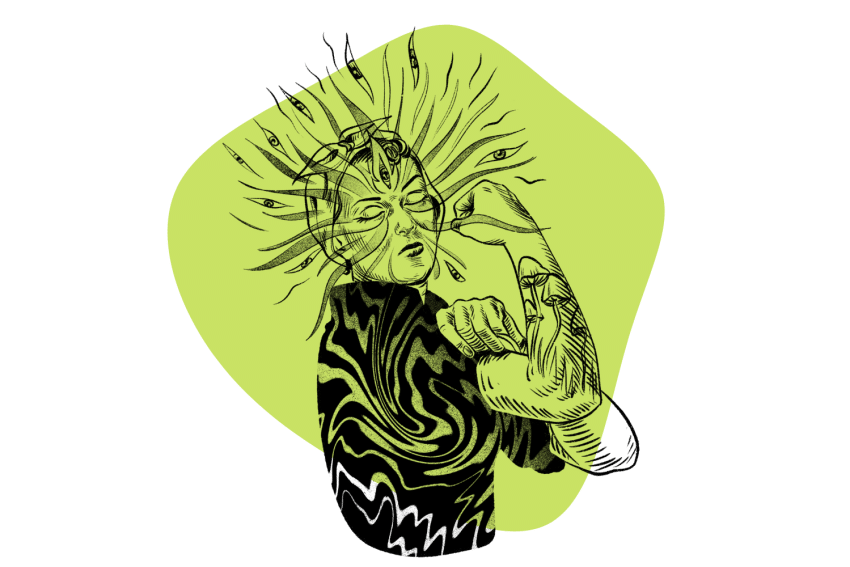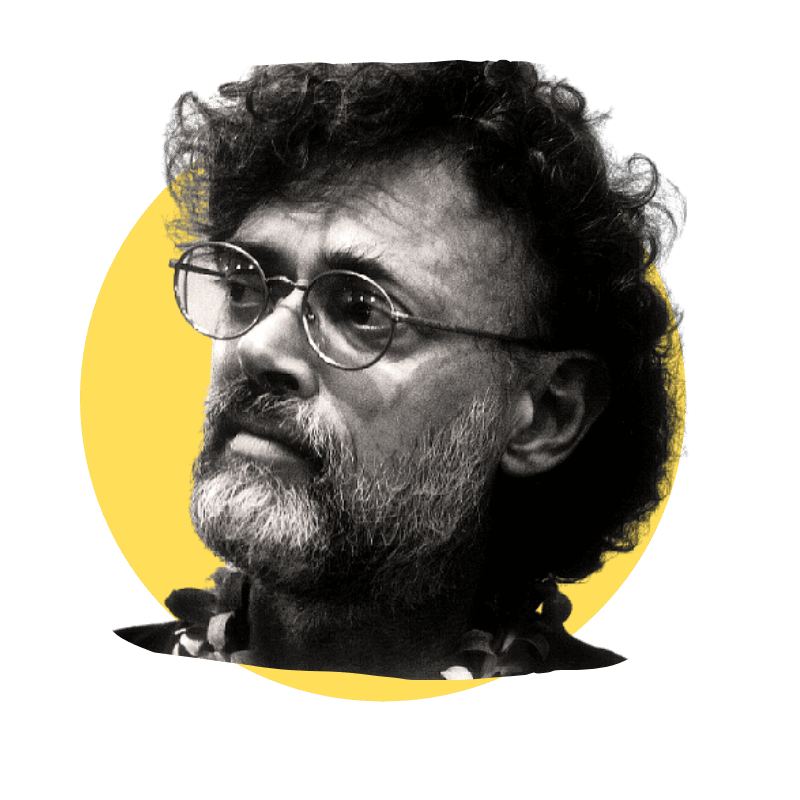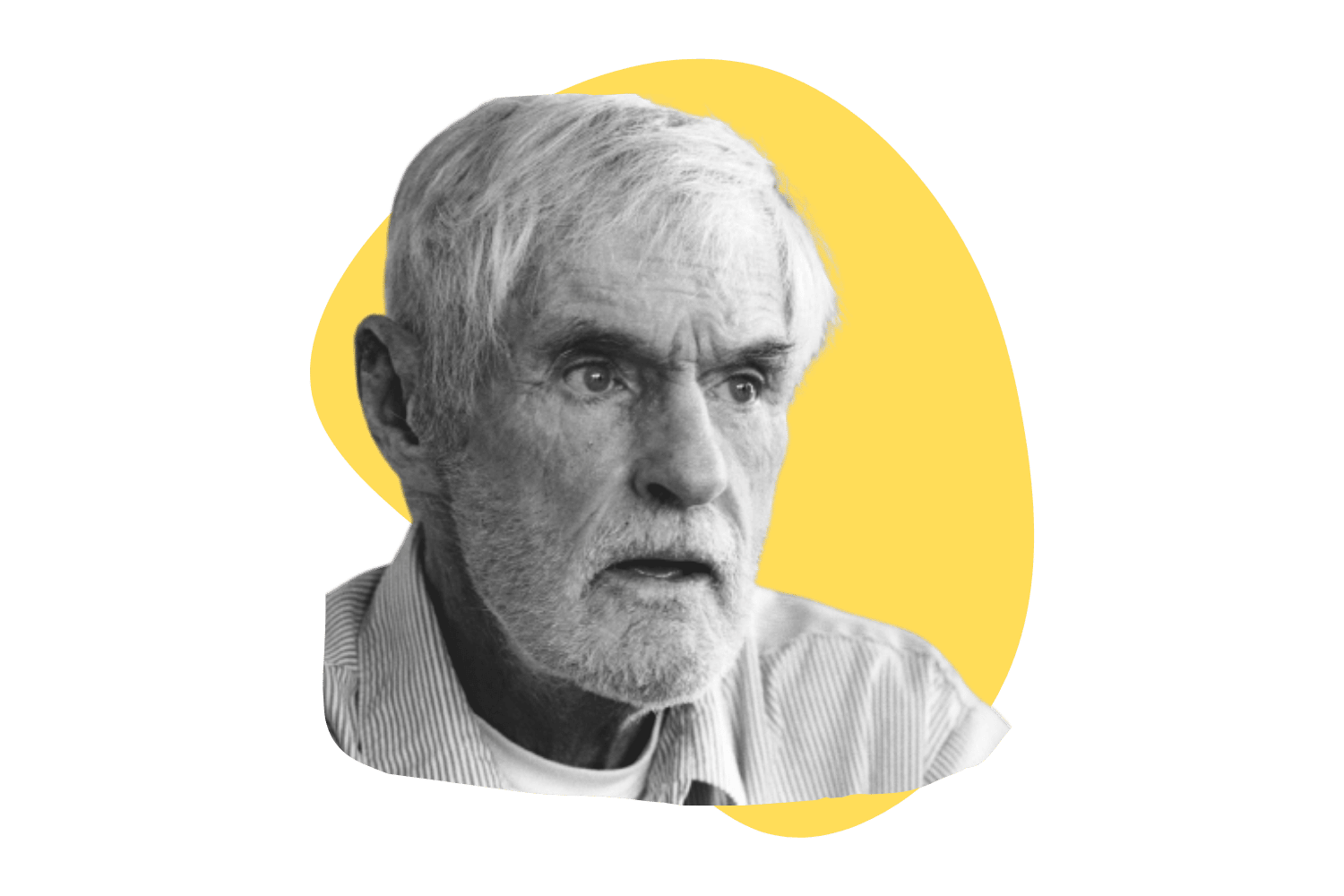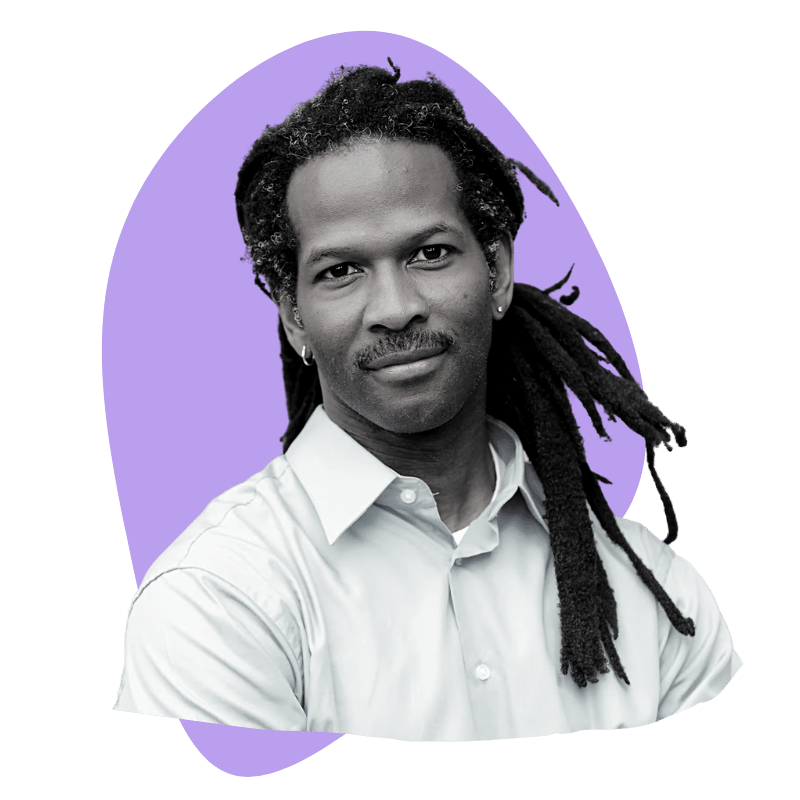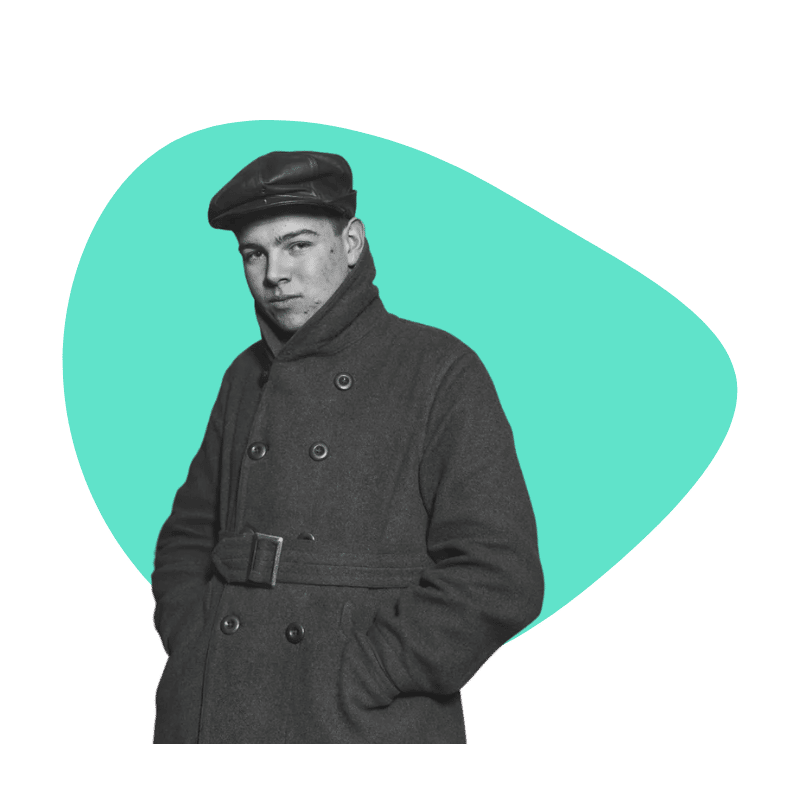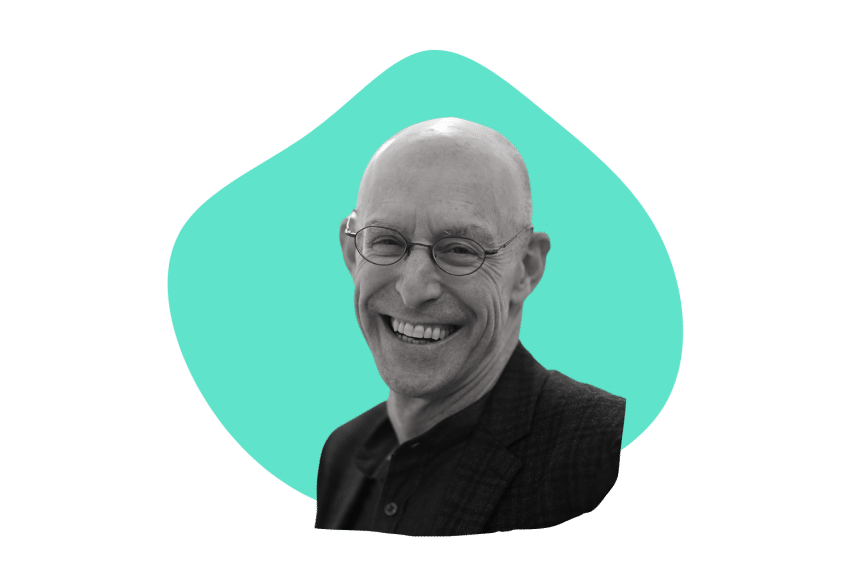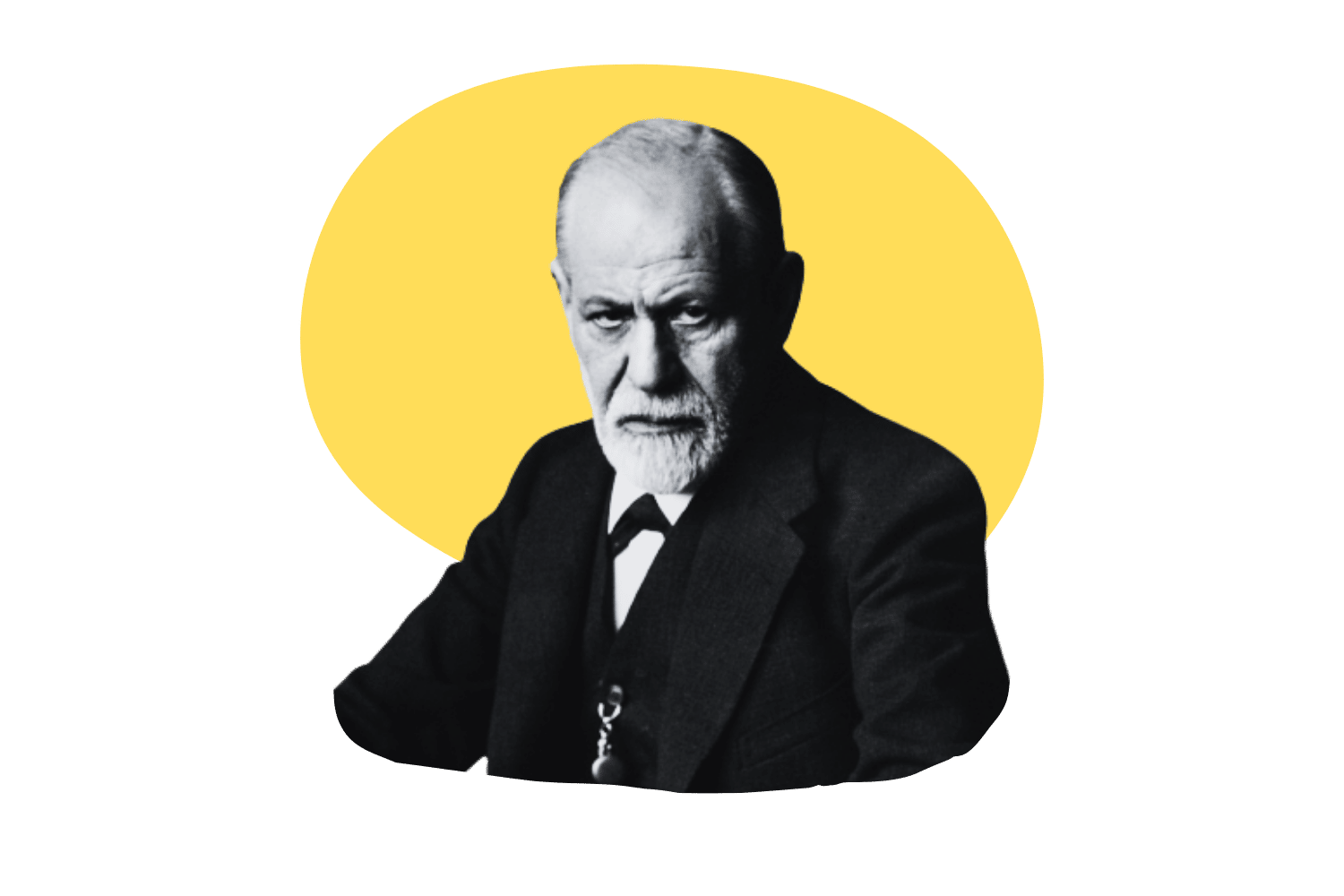Albert Hofmann: The Man Who Invented LSD
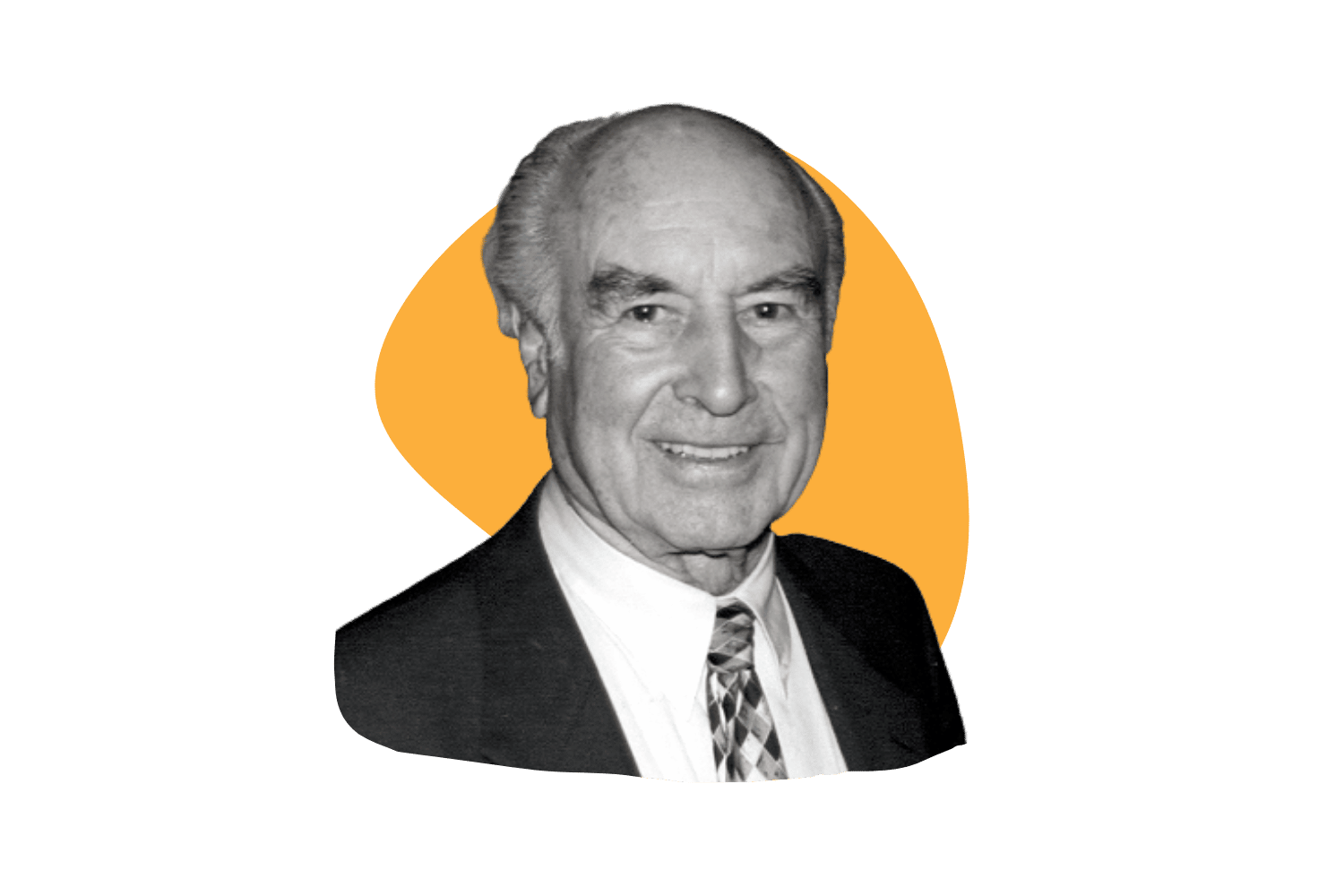
Albert Hofmann was a Swiss chemist most famous for being the first person to synthesize and ingest LSD (accidentally).
Hofmann was experimenting on synthetic isomers of compounds he extracted from the ergot fungus — a parasitic fungus that infects rye grains.
After accidentally spilling some LSD-25 on his hand during one of these experiments, he experienced the world’s first acid trip. After this bizarre experience, he decided to take a second, larger dose a few days later on April 19 — which is now celebrated as Bicycle Day.
Hofmann has many other achievements under his belt. He was also the first person to identify and isolate the active ingredients in magic mushrooms and tied for first place with Tim Berners-Lee (the inventor of the internet) on the list of the 100 greatest living geniuses by The Daily Telegraph.
Albert Hofmann was undeniably one of the most intelligent chemists the world has ever seen. His influence has left a lasting mark in the fields of psychedelics, chemistry, psychology, self-exploration, and the origin of consciousness.
| Birth & Death | 1906 – 2008 |
| Personality Type | INTP | 5w6 |
| Occupation | Chemist |
| Nationality | Swiss |
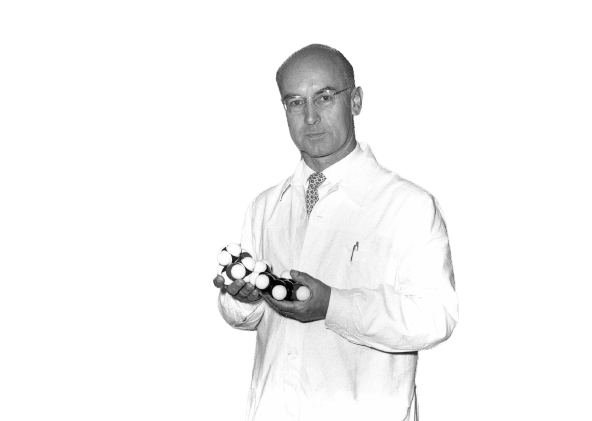
The Life of Albert Hofmann
Albert Hofmann was born in Baden, Switzerland in 1906.
He was born to a poor family and was forced to work at a young age when his father became too sick to work.
When he was 20 years old, his grandfather paid for his tuition at the University of Zurich. He graduated three years later with a degree in chemistry. He did research on a compound called chitin, which is the primary protein structure of animal exoskeletons as well as mushrooms. This earned him a doctorate with distinction in 1929.
Hofmann remarks that he had an interest in arts but ultimately decided to pursue a career in chemistry. He once stated that the mystical experiences he had when he was a child made him question the essence of the external, material world. He figured that by studying the field of chemistry, he would gain insights that may be able to answer his questions.
Throughout his career, Hofmann authored more than 100 scientific articles and nearly a dozen books. His most famous book, titled LSD: My Problem Child, was first published in German in 1979.
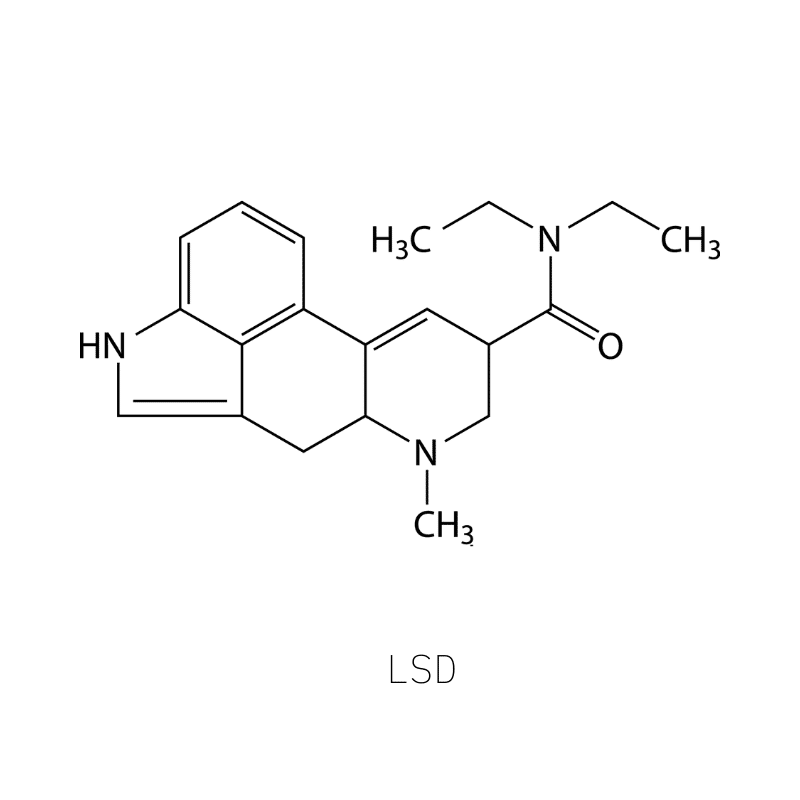
The Discovery of LSD
Hofmann got a job at the Swiss pharmaceutical giant Sandoz (now a subsidiary of Novartis). He was exploring the chemistry of a plant called squill (Drimia maritima) and a fungus called ergot (Claviceps spp.). His goal was to identify and isolate the active ingredients from these natural substances, so they could then be explored for their use as pharmaceutical medicine.
Through his research on the alkaloids present in the ergot fungus, Hofmann synthesized what’s known as LSD-25 (lysergic acid diethylamide) on November 16, 1938. The importance of his finding wasn’t realized until 5 years later.
When Hofmann went to revisit this compound, he accidentally absorbed some of it through his hands. LSD is exceptionally potent, producing changes in consciousness with less than a single milligram. He absorbed enough through his skin to force him into what he described as a “dreamlike state” and “intense, kaleidoscopic play of colors.”
Three days after this incident, on April 19, 1943, Hofmann purposely ingested 250 micrograms of LSD-25 to explore this compound further. As he rode home from work on his bicycle, the effects of the drug started to kick in.
This experience was much stronger and longer lasting than his first encounter. Here’s an account of the very first acid trip report, outlined in his book:
“I was seized by the dreadful fear of going insane. I was taken to another world, another place, another time. My body seemed to be without sensation, lifeless, strange. Was I dying? Was this the transition? At times I believed myself to be outside my body, and then perceived clearly, as an outside observer, the complete tragedy of my situation.”
Hofmann continued to experiment with LSD throughout the rest of his life — often using microdoses as a means for understanding reality on a deeper level. He referred to the substance as a “sacred drug” and became an advocate for its use.
In his book, Hofmann is quoted as stating:
“I see the true importance of LSD in the possibility of providing material aid to meditation aimed at the mystical experience of a deeper, comprehensive reality.”
What Else Did Albert Hofmann Discover?
Hofmann is most famous for his discovery of LSD, but he also isolated or synthesized many other useful molecules, including:
- Psilocybin & psilocin — the active ingredients in magic mushrooms
- 4-Acetoxy-DET — another tryptamine-based psychedelic drug
- LSA — the active ingredient in morning glory vine (similar structure to LSD)
Hofmann also attempted to identify and isolate the active ingredient in salvia (Salvia divinorum), one of the most powerful natural psychedelics on Earth. He was unsuccessful at isolating the active ingredient, which was later discovered to be a substance called salvinorin A.
The work of Albert Hofmann was later built on by the famous American chemist Alexander Shulgin, who is credited for discovering well over 200 psychedelic substances.
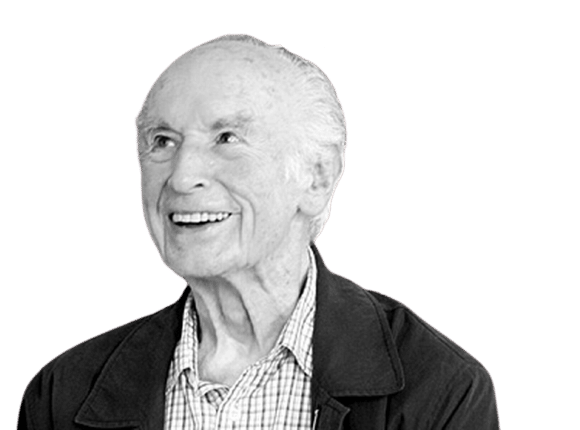
How Did Albert Hofmann Die?
Hofmann died on April 29, 2008, from a heart attack. He was 102 years old.
What Was Albert Hofmann’s Stance On Psychedelics?
Hofmann was frustrated by the prohibition of LSD and other psychedelics. He was always interested in the underlying essence of the material world, consciousness, and reality. He believed psychedelics were an important tool for understanding and studying the more mystical aspects of reality.
He also acknowledged the potential dangers of psychedelics — he recognized that the same drugs that awaken us can also enslave us or drive us mad.
Hofmann was a proponent of the use of psychedelic-assisted psychotherapy and the responsible use of psychedelics for the purpose of psychoanalysis. Interestingly, he lived in very close proximity to the famous psychoanalyst, Carl Jung — who attended the Universities in Hofmann’s hometown of Baden, Switzerland, as well as the Univesity of Zurich, where Hofmann earned his degree.
Hofmann blamed the prohibition of psychedelics on the misuse of these substances in the 1960s. More specifically, he blamed the influence of Timothy Leary — a man whom Sandoz had been supplying LSD and psilocybin free of charge as part of the Harvard Psilocybin Project.
After his dismissal, Leary and colleague Richard Alpert (Ram Dass) began speaking, publishing books, and giving lectures promoting the use of psychedelics. Leary, in particular, was known for his anti-establishment philosophy and was one of the driving forces behind what became the counterculture in the 1960s. Hofmann believed Leary gave LSD a bad reputation, to which the government overreacted — effectively banning LSD, magic mushrooms, and mescaline in 1967.
In 1988, Albert formed the Albert Hofmann Foundation, a non-profit advocating for the responsible use of hallucinogens.
He also published several books on the field of psychedelics, including The Road to Eleusis: Unveiling the Secret of the Mysteries (1978), The Botany and Chemistry of Hallucinogens (1973), and Plants of the Gods: Origins of Hallucinogenic Use (1979).
Hofmann also wrote books on the exploration of reality, such as Insight/Outlook (1989).

When Did Albert Hofman Invent LSD?
LSD-25 was first invented on November 16, 1938.
This was the 25th isomer Hofmann created while adapting compounds from the ergot fungus. It wasn’t until 5 years later that the true effects of LSD-25 were discovered.
The first intentional acid trip took place on April 19, 1943 — which is now celebrated as Bicycle Day.
Albert Hofmann Books
- The Road to Eleusis: Unveiling the Secret of the Mysteries (1978),
- The Botany and Chemistry of Hallucinogens (1973)
- Plants of the Gods: Origins of Hallucinogenic Use (1979)
- Insight/Outlook (1989)
- Hofmann’s Elixir: LSD and the New Eleusis (2008)
Albert Hofmann Quotes
It’s very, very dangerous to lose contact with living nature.
Outside is pure energy and colorless substance. All of the rest happens through the mechanism of our senses. Our eyes see just a small fraction of the light in the world. It is a trick to make a colored world, which does not exist outside of human beings.
I know LSD; I don’t need to take it anymore. Maybe when I die, like Aldous Huxley.
Summary: Who Was Albert Hofmann?
Albert Hofmann was one of the most influential people in the field of psychedelics. He was the first person to synthesize and ingest LSD, which went on to become the driving force of the psychedelic community as we know it.
Hofmann was exceptionally smart and eloquent. He was a prolific writer of both academic and laymen articles and books. He believed psychedelics were a valuable tool for self-discovery and psychotherapy and became frustrated with the lack of understanding of these substances, leading to their eventual prohibition in the late 1960s.
Although Hofmann is no longer with us, his legacy lives on through his books, lectures, and interviews. He’s celebrated around the world on April 19 — a day referred to colloquially as “Bicycle Day.”
Subscribe To Get a Weekly Dose of Psychedelics In Your Inbox

